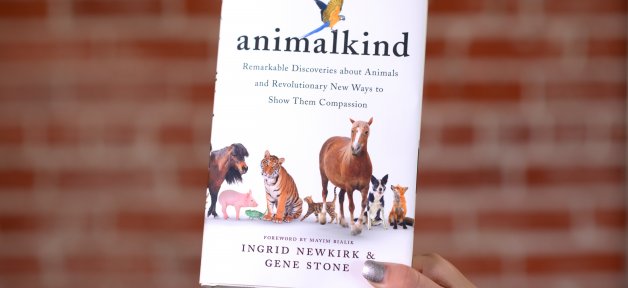Bees work hard to support their colonies and pollinate the plants that make life on Earth possible. However, many species of North American bees are threatened with extinction because of habitat loss and heavy pesticide use. Humans have used this as an excuse for intensive farming of these friendly flyers—but the unnatural intervention does nothing to support colonies.
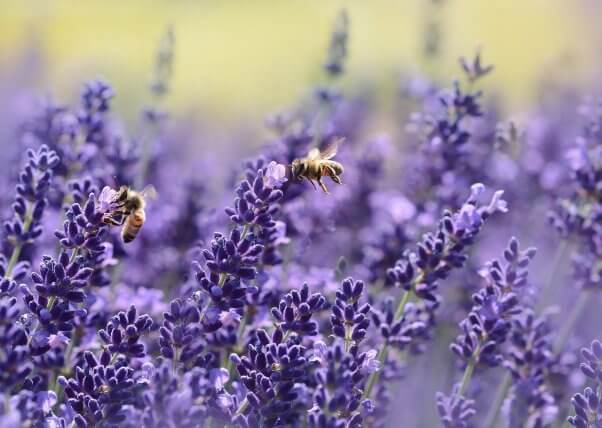
Here are some fascinating bee facts that will help you get to know your buzzing neighbors:
1. They work really hard at their jobs.
In a single day, a worker bee may visit up to 10,000 flowers, collecting drops of nectar that she uses to produce honey and feed the hive. After all her hard work, a single bee will produce less than a teaspoonful of honey in her lifetime. Throughout her typical life span of only six to eight weeks, she will fly about 36,000 miles—almost 1.5 times the circumference of the planet.
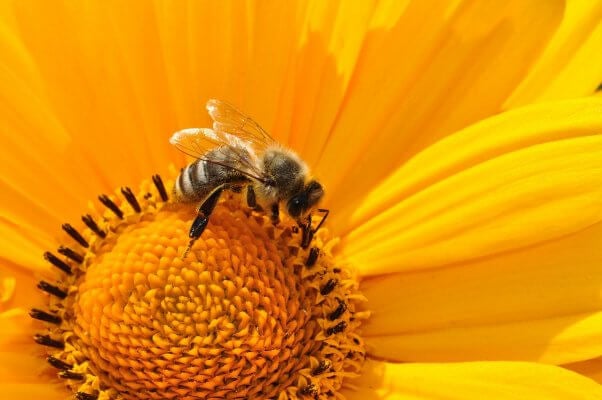
2. They dance to show each other where to find food.
Workers use the “round dance” when nectar is less than 100 meters (328 feet) from the hive and the “waggle dance” when it’s found farther away. They will dance in a particular pattern to indicate where the nectar is located in relation to the sun.
3. They have very specific roles in supporting the colony.
Three types of bees make up a hive. The queen bee’s main role is to reproduce, laying around 1,500 eggs daily. Worker bees keep the hive clean, feed the queen and baby bees, guard the hive, and collect nectar from flowers. Drone bees leave the hive to find a queen to mate with and start a new hive.
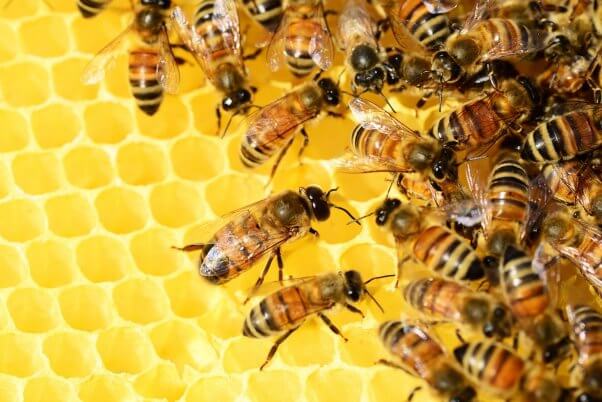
4. Only female bees can sting—and they don’t want to sting you.
Since one of their roles as worker is to protect the colony, female bees will only sting if they think you’re a threat. A worker bee dies if she uses her stinger, so she will use it only as a last resort. Respect a bee’s space and she’ll happily fly along.
5. Honeybees have a powerful sense of smell.
They use odor receptors located in their antennae to identify and trace the scent of nearby pollen- and nectar-rich flowers. They also use their sense of smell to find other bees.
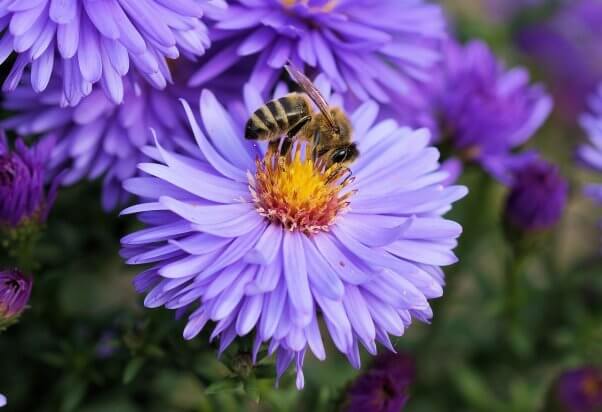
6. They are meticulously clean.
Bees bathe themselves in order to keep their colony free from any viruses that might spread throughout it. In the honey industry, they’re genetically manipulated and forced into stressful conditions that make them more susceptible to pathogens.
7. They need and use all the products that humans often steal.
Honey is an essential food source for bees during the winter. Honeycomb is a bee’s hive—the hexagons hold bee’s eggs and store pollen and honey. Royal jelly is used to feed future queens, as it triggers the development of ovaries. Bee pollen and “bee bread” are not produced by bees but are important sources of protein for growing bees.
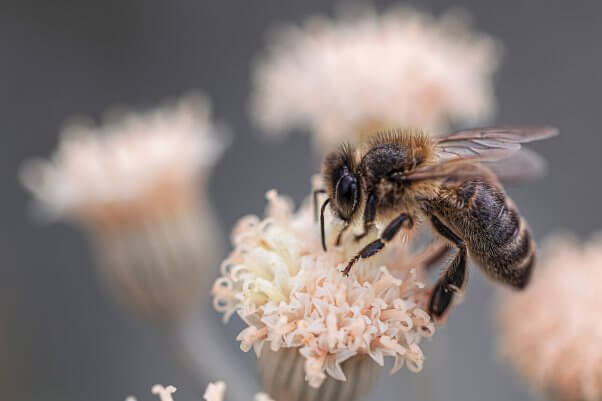
8. Bees can recognize others in their colonies and are protective of their hives.
The honey industry manipulates hives and steals all the honey that bees work hard to produce, replacing it with a sugary syrup that lacks essential nutrients. Workers are protective of the honey that they produce because it’s the result of hard work and important to the colony’s survival.
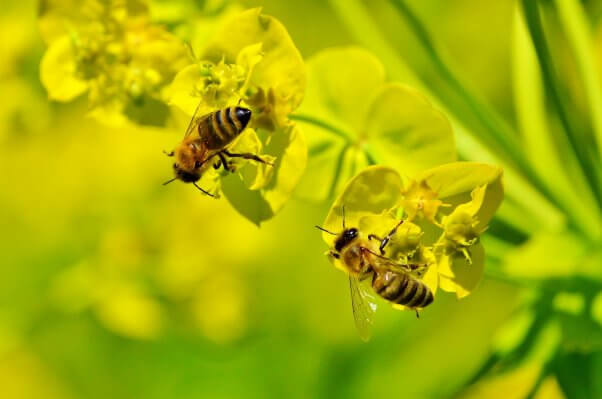
9. Native bees are better pollinators than honeybees.
Supporting native bee species is a great way to pollinate crops, and it doesn’t require the exploitation of hives. Native bees are often solitary, and they collect pollen to take back to their nests. Honeybees also collect pollen, but they’re more interested in a flower’s nectar. Planting bee-friendly flowers and not using pesticides are simple ways you can support the native bees in your own backyard.
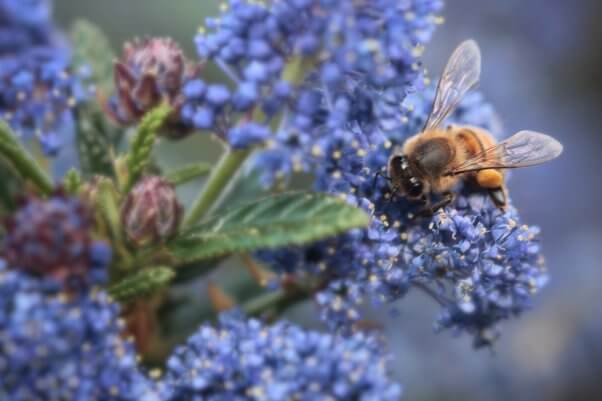
10. Without them, our ecosystem would collapse.
Bees pollinate many of the plants that humans eat, but their work is also essential to the survival of many other plants and animals. The vast biodiversity that characterizes life on Earth would simply cease to exist without them.
Be Sweet to Bees
No animals, no matter how small, should have their hard work exploited and stolen. Keep bees free and happy by growing bee-friendly plants and by choosing vegan sweeteners like maple syrup, agave nectar, and even dandelion honey.
Take Action to Help Bees and Other Insects
If you liked these bee facts and want to learn more about the other animals who share our planet, pick up a copy of Animalkind by PETA President Ingrid Newkirk:
Note: PETA participates in the Amazon Services LLC Associates Program, an affiliate advertising program designed to provide websites with a means to earn advertising fees by advertising and linking to Amazon.com.
The post Small but Powerful—Here’s the ONE Thing You Can Do to Help Bees appeared first on PETA.
Enviroshop is maintained by dedicated NetSys Interactive Inc. owners & employees who generously contribute their time to maintenance & editing, web design, custom programming, & website hosting for Enviroshop.

